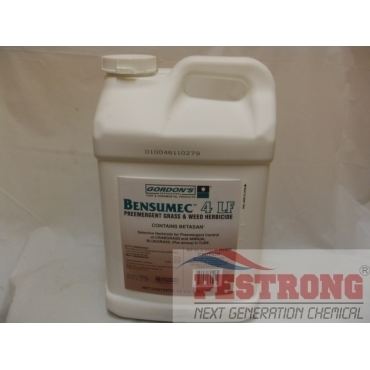Formula C14H24NO4PS3 Density 1.22 g/cm³ | Molar mass 397.513 g/mol | |
 | ||
Appearance Colorless liquid or white crystalline solid | ||
Bensulide is a selective organophosphate herbicide. It is one of a few organophosphate compounds that are used as a herbicide. Most of the others are used as insecticides. It is used on vegetable crops such as carrots, cucumbers, peppers, and melons and in cotton and turfgrass to control annual grasses such as bluegrass and crabgrass and broadleaf weeds. It is often applied before the weed seeds germinate (pre-emergence) in order to prevent them from germinating. It is available as granules or an emulsifiable concentrate. Estimates place the total U.S. use of bensulide at about 632,000 pounds annually. Application rates may be relatively heavy (up to 22.6 kg/ha) when it is used. The EPA classifies Bensulide as a General Use Pesticide.
Contents
Application
Bensulide generally is applied to bare soil, before crops are planted. It is incorporated 1 to 2 inches deep in order for the control of grasses and broadleaf weeds in agricultural crops, residential grass lawns, and golf courses.
Uses
Proturk Goosegrass and Crabgrass Control (EPA Reg. No. 00053800164) and Anderson's Goose and Crabgrass Control (EPA Reg. No. 00919800176) both have Bensulide as one of their active incredients, along with oxadiazon at a concentration of 5.25% and 1.31% respectively. Bensulide products may be used outdoors by homeowners on lawns and ornamentals, and by professional lawn care operators. Bensulide may be used on turf (primarily golf course greens and tees), on ornamentals, and for greenhouse and outdoor uses in commercial nurseries. 550,000 pounds of active incredient are used per year, a relatively low value
Risks
There are a few minor risks that are involved with herbicides that include Bensulide. Generally, indirect exposure to it is non-lethal. Dietary exposures from eating food crops treated with bensulide are below the level of concern for the entire U.S. population, including infants and children. Drinking water is not a significant source of exposure.
Risks are of concern for homeowners who apply bensulide, and for children entering turf areas treated with bensulide if label directions are not followed properly. EPA also has risk concerns for workers who mix, load, and/or apply bensulide to agricultural sites, golf courses, and home lawns. Chronic risks are of concern for birds and mammals; risks are posed to some aquatic species.
